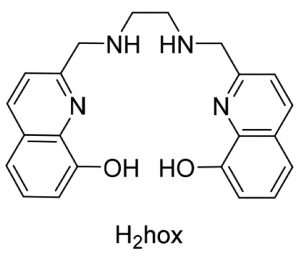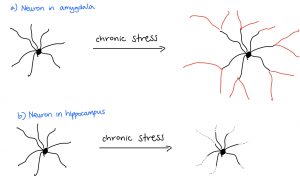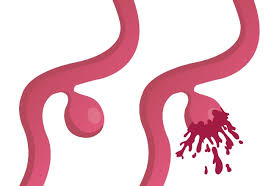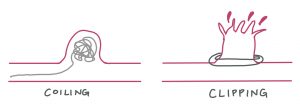Not every molecule gets to find their best partner in life. Luckily, in 2019, Orvig and his team at the University of British Columbia made a perfect partner for Gallium-68 (68Ga) to improve the results of medical imaging.
Medical imaging encompasses tests such as X-rays and ultrasound, and these tests allow doctors to look inside of our bodies to determine if there are any problems, or to monitor any changes post-surgery. Therefore, it is important that the science and technique behind the imaging is advanced, and that the results can be obtained quickly and accurately.
WHAT IS 68Ga?
68Ga, is an imaging tracer used in positron emission tomography (PET) scan, which is a type of imaging test. With a relatively short half-life, 68Ga wants to perform to the best of its ability during the test, and it yearns for an efficient partner to help show activity within the tissues. However, current partners present limitations in terms of synthesis and performance.
H2hox: IS IT THE ONE?
Therefore, researchers created a molecule named H2hox. Unlike previous candidates for 68Ga, H2hox was easily synthesized within two steps. The team saw how strongly attracted H2hox was to 68Ga, and that only mild conditions and low concentrations of H2hox were needed for the two to bind together.

Figure 1. The chemical structure of H2hox. Adapted from Wang et al. (2019).
Once bound, the team found that a highly stable metal complex, [68Ga(hox)]+, was formed within the pH range of 1 to 11. Furthermore, this complex only existed as a single species, and did not require further purification. Because these combined characteristics were impossible to achieve with previous partners, the researchers thought that H2hox could be the one for 68Ga.
TESTING THEIR TEAMWORK
To test how well this complex worked in real life, the researchers conducted a PET/computed tomography (CT) scan in mice. The group witnessed high stability of the metal complex in mice, and more importantly, they observed that the metal complex was rapidly excreted from the mice.
Furthermore, because the fluorescence intensity of H2hox increased upon complexing with 68Ga, the team thought that the complex could be used to analyze intracellular distribution and stability studies.

Figure 2. The fluorescence intensity of H2hox increased by fourfold when it was part of the [Ga(hox)]+complex. Adapted from Wang et al. (2019).
THE FUTURE IS PROMISING
Since the researchers also observed a fast heart uptake of the complex in mice, they suggested that H2hox could form the basis for tracers in heart imaging. Additionally, the team proposed that this complex could benefit fluorescence-directed surgery.
With this many unprecedented advantages, we cannot wait to see what else this dynamic duo has to offer the world.
Story source
Wang, X.; Jaraquemada-Pelaez, M. d. G.; Cao, Y.; Pan, J.; Lin, K.-S.; Patrick, B.O., Orvig, C. H2hox: Dual-Channel Oxine-Derived Acyclic Chelating Ligand for 68Ga Radiopharmaceuticals. J. Am. Chem. Soc. 2019, 58, 2275-2285
-Athena Wang




